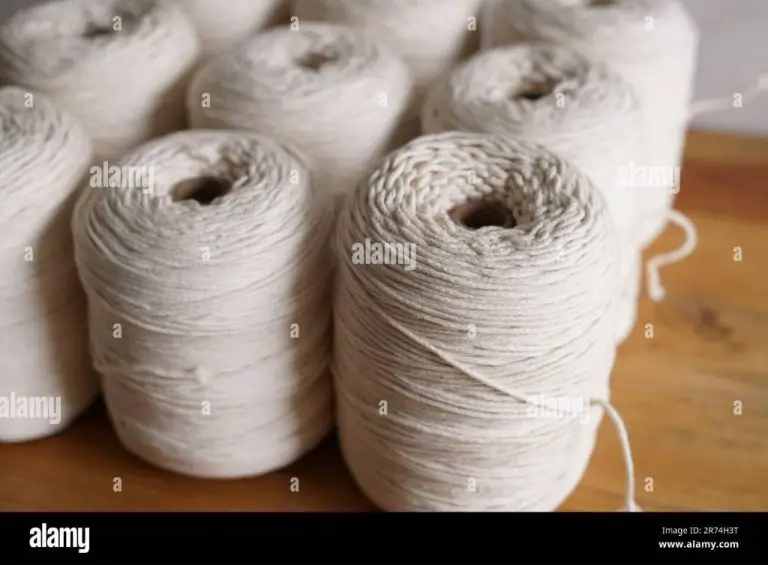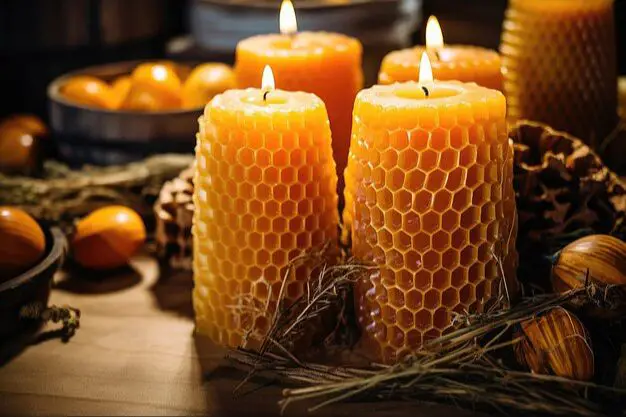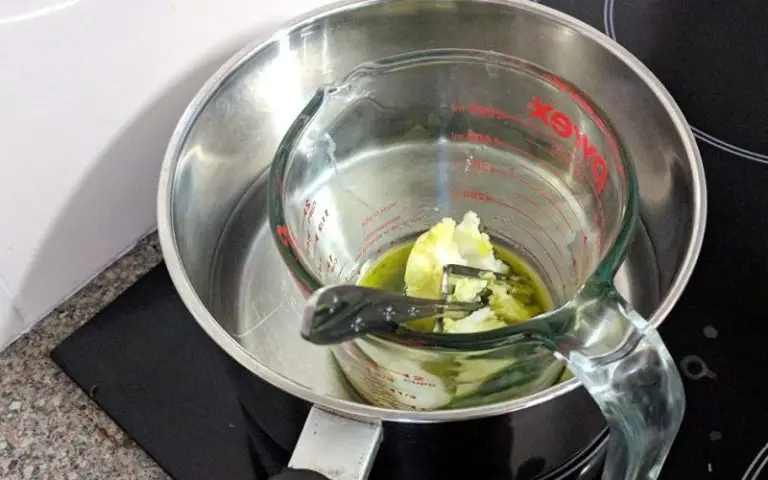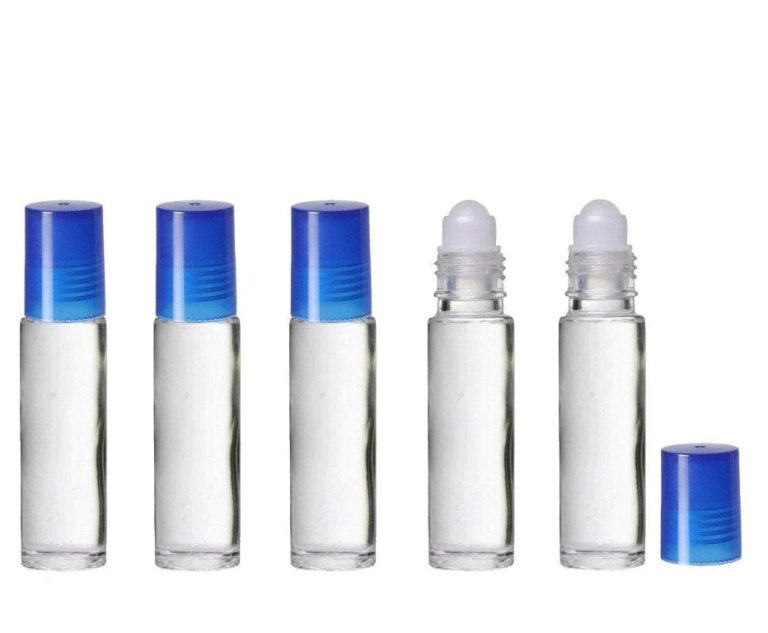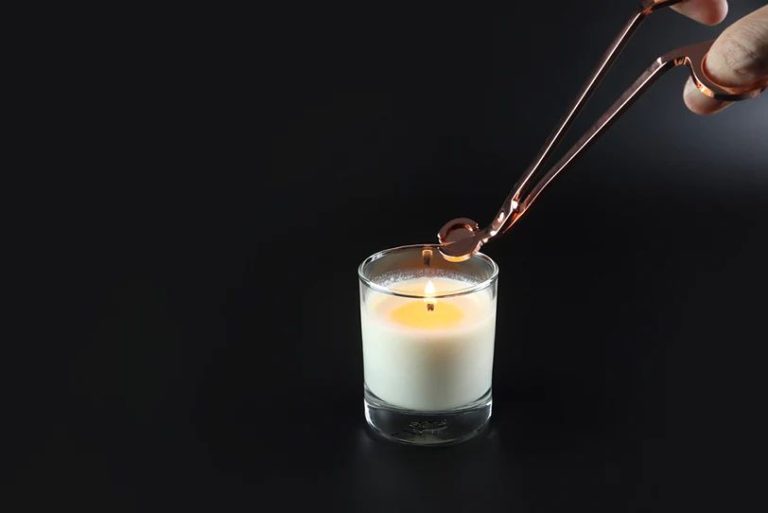What Is A Safe Wick For Butter Candle?
Butter candles have been around for centuries, dating back to ancient times when people discovered the usefulness of combining butter or other fats with a wick to create a rudimentary lighting source. They gained popularity before the mass production of paraffin wax candles as an easy way for households to make candles at home using butter they had on hand. Today, butter candles remain popular for their natural, soft glow and aroma.
To make butter candles, chunks of butter are melted down and poured into a container with a wick. As the butter cools and hardens, it forms the candle around the wick. Beeswax is sometimes added to make the candles firmer and raise the melting point. Essential oils are also commonly infused in the melted butter to add fragrance. The finished butter candles burn slowly and evenly due to the lower melting point compared to paraffin. They are often used for ambience and decor due to their warm lighting and sensory qualities.
Source: https://just-candles.net/what-is-a-butter-candle/
Understanding Wicks
Candle wicks are crucial components of candles that serve the important purpose of delivering fuel to the flame. According to Nomad Northern Oils and Extracts, candle wicks work by bringing melded wax up to the flame via capillary action. As the wax melts, it travels up the wick where it vaporizes at the flame. This wax vapor is what provides fuel for the candle’s flame.
Candle wicks today are most commonly made from braided cotton. Cotton makes a good wick material because it provides excellent capillary action to draw the melted wax up while also being soft and flexible. Other materials wicks may be made from include paper, wood, and beeswax coated wicks. Synthetic wick materials like rayon and polyester are also sometimes used.
Factors for a Safe Wick
When choosing a wick for a butter candle, there are a few key factors to consider for safety:
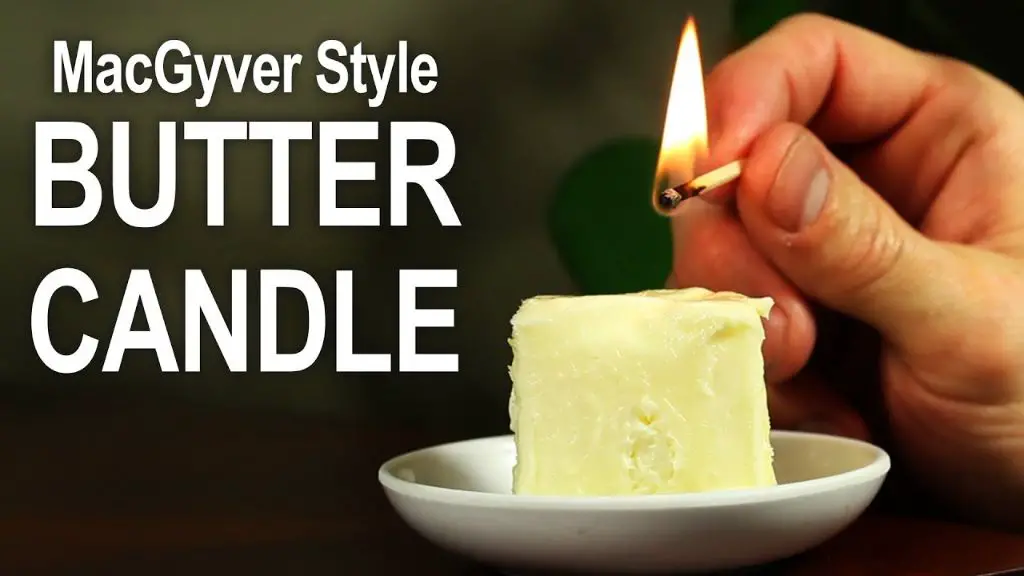
Flame resistance – The wick should be made of a material that is resistant to catching fire and burning quickly. Materials like cotton and paper can burn too fast and be a fire hazard (Candles.org). Opt for flame resistant materials like zinc or tin.
Appropriate wick thickness – Matching the wick thickness to the candle diameter is crucial for proper melting and burning. A wick that is too thin for the candle size can tunnel or drown, while one too thick can lead to excessive smoke or drips (Lifenreflection.com). Consult a candle making guide for ideal wick-to-diameter ratios.
Material suited for butter candles – The wick needs to be able to withstand the low melting point of butter. Materials like zinc and tin hold up better than cotton in soft waxes like butter (Candles.org). Paper and wooden wicks are also not recommended for butter candles.
In summary, look for wicks made of tin or zinc in the proper thickness for the candle size to safely burn butter candles.
Recommended Wick Materials
When selecting a wick for your butter candle, there are a few materials that are considered safe, clean-burning options:
Cotton – 100% cotton wicks are a popular choice as they burn cleanly without producing excess soot. Look for braided or twisted cotton wicks that have no synthetic cores. Make sure the cotton is not bleached or treated with chemicals.
Paper-cored cotton – For a sturdier wick, you can choose cotton wicks with a paper core. The paper helps the wick stay upright while the cotton exterior provides a clean burn. Ensure any paper is untreated and the wick is still primarily cotton.
Wooden wicks – Wicks made from wood materials like bamboo are also safe options. As they burn, wooden wicks make a soft crackling sound and produce less soot than other materials. They should only have natural wood fibers with no binders or glues.
Choosing the right natural fiber wick materials will help your butter candle burn cleanly and safely. Always avoid synthetic or plastic-based wicks in candles with edible ingredients like butter.
Wick Styles to Avoid
Certain wick materials and styles should be avoided as they can release toxins or be unsafe for butter candles.
Zinc or lead-core wicks should not be used, as burning these metals releases toxic fumes into the air (https://www.greenamerica.org/toxic-candles). Lead exposure can be harmful, especially for children, so lead-core wicks have been banned in the US since 2003.
Extra-wide wicks should also be avoided, as they create larger flames that can tunnel down through the wax and compromise the candle’s structure. This makes the candle prone to becoming a fire hazard (https://www.swellcandleco.com/pages/candle-safety).
Fabricated wicks made from materials like paper or cotton that are glued together are not recommended either. These wicks can come apart when burning, creating floating embers that could ignite surfaces or materials nearby. Opt for single-ply natural fiber wicks instead (https://www.terre-de-bougies.com/en/content/86-problems-candle-wick).
Ideal Wick Size
The ideal wick size for a butter candle depends on the diameter of the candle container. Smaller jars and votives require a thinner wick, while wider containers need a thicker wick so the flame reaches the outer edges to melt the butter evenly.
For small jars under 3 inches wide, use a thin wick around 1/16 inches thick. For medium jars 3-4 inches wide, a 1/8 inch wick works well. Larger jars over 4 inches in diameter need at least a 3/16 inch wick.
Make sure to trim the wick to an appropriate height for the jar size too. Aim for a wick height around 1/4 inch for small containers, 1/2 inch for medium jars, and 3/4 inch for larger jars. This allows the flame to melt the top layer without getting drowned in melted butter.
Test the wick height as the candle burns. Adjust as needed to maintain a steady flame that consumes the wax pool from the edges inward without producing excess soot.
Preventing Soot
One of the most effective ways to prevent soot when burning a butter candle is to trim the wick to 1⁄4 inch before lighting it for the first time. According to US Candle Company, keeping the wick trimmed to this length will help stop it from producing excess soot as the candle burns.
You’ll also want to avoid having any drafts around the candle. Drafts can cause the flame to flicker, which leads to incomplete combustion and more soot. Placing the candle in a spot sheltered from drafts can help minimize soot.
Using a glass container for your butter candle can also help prevent soot. Glass helps contain more heat than other materials, leading to better wax pool evaporation and a cleaner burn. According to Aluminate Life, glass votive and jar candles tend to get less sooty than container candles.
Safety Tips
It’s crucial to follow proper safety precautions when burning butter candles to avoid potential fire hazards. As with any open flame, you should never leave burning butter candles unattended, even for a few minutes (“Are butter candles safe? How to do the TikTok trend …,” 2022). Candles can tip over or ignite nearby objects unexpectedly, so stay nearby to monitor the candle and extinguish it when finished.
Keep butter candles away from anything flammable, including curtains, bedding, papers, books, and more (“Are The TikTok-Famous Butter Candles Safe To Eat?,” 2023). Don’t place the candle too close to walls or put it in high-traffic areas where it could get knocked over accidentally.
Always burn butter candles in proper holders, not directly on tables or counters (“Are butter candles safe? How to do the TikTok trend …,” 2022). The holder should be sturdy and made of a non-flammable material. This helps prevent spills, tip-overs, and potential fires. Position the holder on a safe, stable surface.
Troubleshooting
One common issue with butter candles is tunneling, where the candle burns down quickly in the center but leaves wax around the edges unmelted. This happens due to an improperly sized wick. According to an edible candle making guide, the wick must be wide enough to melt the wax pool but not so wide that it burns too hot and tunnels down (Source: www.thesprucecrafts.com/how-to-make-edible-candle-518326).
To fix tunneling in a butter candle, trim the wick to be slightly shorter to reduce the flame size. You can also try a thicker wick next time. Conversely, if the wick is drowning in a pool of melted butter and producing smoke or going out, it likely needs to be trimmed shorter. Always leave at least 1/4 inch of wick to avoid drowning issues (Source: www.thesprucecrafts.com/fix-candle-tunneling-wick-issues-518244).
Sooting and mushrooming wicks are other signs of improper wicking. Sooting occurs when the wick is too thick for the wax and leaves black carbon deposits. Mushrooming is when the wick curls over on itself, indicating it may be too thin (Source: www.reddit.com/r/candlemaking/comments/9gc1er/common_candle_issues/). To prevent sooting and mushrooming, carefully test wick sizes to find the optimal thickness that burns cleanly without producing excess smoke.
With any wicking issues in butter candles, monitor the burn and make adjustments until finding the proper wick fit for your unique candle size and butter recipe. Patience and small tweaks are key to troubleshooting for the best possible burn.
Conclusion
In summary, the right wick is crucial for a safe and effective butter candle. Wicks made of braided cotton or hemp provide the best capillary action to draw the melted butter up while burning evenly and resisting snuffing out. Wire-core wicks should be avoided as they can overheat and release contaminants. The wick should be wide enough to stand up in the melted butter but narrow enough to allow the butter to shed back into the dish. With a properly sized cotton or hemp wick, butter candles can provide a novel and artistic way to gently warm butter for spreading at the table.
Choosing an appropriate wick enables a smooth, controlled melt of the butter without releasing soot or unpleasant burning odors. The candle burns slowly once lit, keeping the butter dipping temperature ideal throughout a meal. The visual appeal and interactive nature of butter candles makes for an elegant table presentation. Following basic safety tips allows butter candles to be an enjoyable experience for all diners. Taking the time to find and prepare the optimal wick helps realize the full potential of the butter candle trend.

